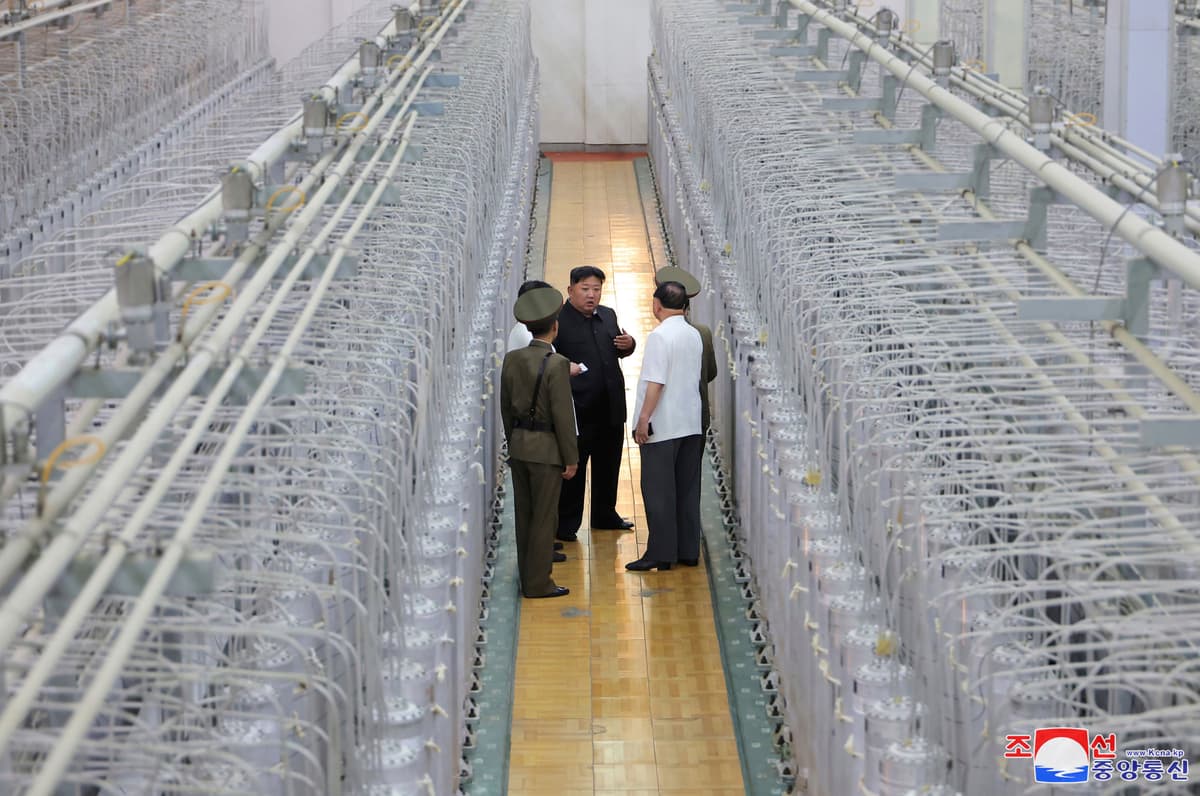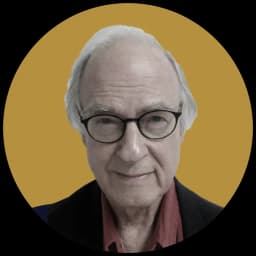North Korea’s Kim, Breathing Defiance and Emboldened by Russian Alliance, Showcases Nuclear Facility
The North wants its enemies, ranging from Washington to Seoul to Tokyo, to know that Kim is not just engaging in meaningless rhetoric when he boasts of the strength of his nuclear program.

SEOUL — North Korea’s leader Kim Jong-un, eager to prove he can annihilate his enemies with nuclear weapons, has for the first time personally shown off a facility where they are made, and he’s put out a photo of himself to prove it.
Accused of shipping short-range missiles capable of firing nukes for the Russians in Ukraine, Mr. Kim breathed defiance as he “inspected the Nuclear Weapons Institute and the production base of weapon-grade nuclear materials,” as reported by Pyongyang’s Korean Central News Agency.
While there, said KCNA, he acquainted himself with the production of nuclear warheads and current nuclear materials and set forth important tasks for long-term plan for increasing the production of weapon-grade nuclear materials.”
Mr. Kim’s visit provided an unprecedented glimpse of a facility exposing the North’s program for fabricating nukes with highly enriched uranium. It was the first time since the former director of the Los Alamos National Laboratory, Siegfried Hecker, visited the North’s main nuclear complex at Yongbyon ten years ago that the North has distributed photos of the interior of such a facility.
The impression was that the North wants its enemies, ranging from Washington to Seoul to Tokyo, to know that Mr. Kim is not just engaging in meaningless rhetoric when he boasts of the strength of his nuclear program and his willingness to nuke his enemies.
Emboldened by his alliance with Russia, strengthened by a new treaty signed with Mr. Putin while shipping thousands of artillery shells, missiles and other armaments through Russia to Ukraine, Mr. Kim proudly authorized a detailed account of what he did and saw in his visit to the HEU facility.
Accompanied by the first vice department director of the Central Committee of the Workers’ Party of Korea, Hong Sung Mu, KCNA reported, Mr. Kim “highly praised the scientists, technicians and officials in the field of nuclear weapons production for having carried out without fail the plan for producing weapon-grade nuclear materials needed for manufacturing nuclear warheads.”
The goal, he said, was to develop “the strongest nuclear force” — a vague phrase that could mean anything from tactical nukes for firing at targets at South Korea, including America’s largest overseas base, Camp Humphreys, 40 miles south of the demilitarized zone between the two Koreas, to targets anywhere in North America.
In his tour of the facility, Mr. Kim “went round the control room of the uranium enrichment base to learn about the overall operation of the production lines,” said KCNA. “Being briefed on the fact that the base is dynamically producing nuclear materials by studying, developing and introducing all the system elements including centrifugal separators and various kinds of sensors and controllers with its own efforts and technology, he expressed his great satisfaction over it.”
KCNA, however, omitted important details. There was no mention of the site of the facility, assumed to be at the Kangson nuclear complex, near Pyongyang, not at the main, original site at Yongbyon, 90 miles to the north, where North Korea operates a five-megawatt nuclear reactor for producing warheads from plutonium.
“South Korean and U.S. intelligence agencies believe North Korea operates uranium enrichment facilities at the Kingston nuclear complex near Pyongyang and at the Yongbyon nuclear site,” said South Korea’s Yonhap News. The director-general of the International Atomic Energy Agency, Rafael Grossi, said construction of an annex to the main building in the Kangson complex was “externally complete,” Yonhap reported.
North Korea, said Yonhap, “is reportedly shifting its reliance from producing plutonium at the Yongbyon reactor to producing HEU underground, which can be done more covertly and in greater quantities.”
North Korea, after conducting its sixth nuclear test in September 2017, has not tested a nuke since then. Communist China, the source of most of the North’s oil and much of its food, is believed to have warned Mr. Kim against another nuclear test.
Mr. Kim’s father, Kim Jong-il, who died in 2011, ordered the North’s first two nuclear tests, in 2006 and 2009, and Mr. Kim ordered four more, in 2013, two in 2016 and the 2017 test that is believed to have been a hydrogen bomb that blew up much of a mountain and reportedly killed some 200 people.

